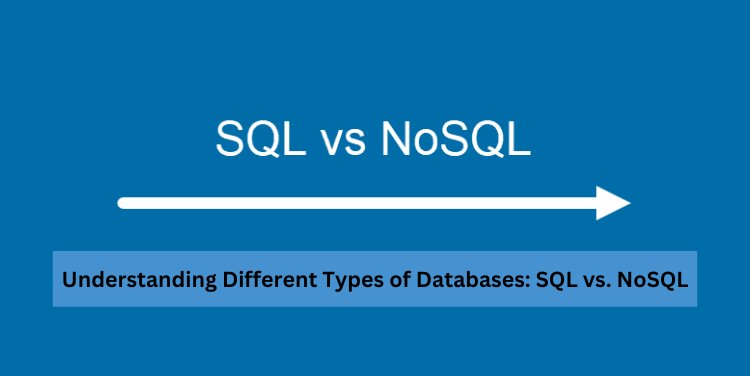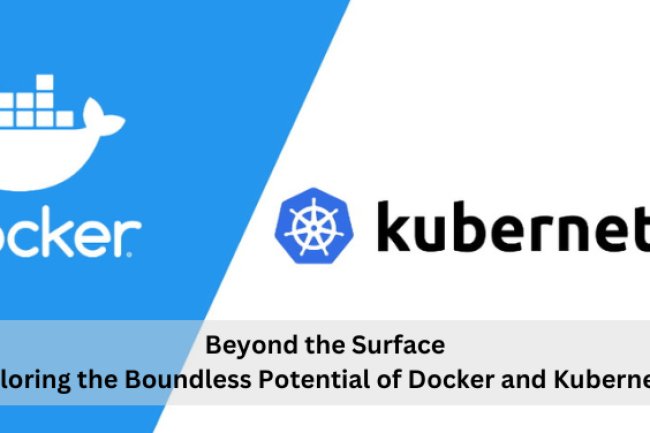Understanding Different Types of Databases: SQL vs. NoSQL

In the vast realm of data management, the choice between SQL (Structured Query Language) and NoSQL databases plays a pivotal role. In this comprehensive blog, we embark on a journey to unravel the distinctions, advantages, and use cases that define these two prominent database paradigms.
Section 1: Decoding SQL Databases
-
Introduction to SQL: Explore the foundations of SQL databases, highlighting their structured nature and the power of SQL queries for data manipulation and retrieval. Understand the relational model that forms the backbone of SQL databases.
-
ACID Properties: Delve into the ACID (Atomicity, Consistency, Isolation, Durability) properties that characterize SQL databases. Discuss how these properties ensure data integrity and reliability, making SQL databases ideal for transactional systems.
Section 2: Unveiling NoSQL Databases
-
Understanding NoSQL: Introduce NoSQL databases and their departure from the rigid structure of SQL. Discuss the flexibility of schema-less design and the diverse types of NoSQL databases, including document-oriented, key-value, column-family, and graph databases.
-
CAP Theorem: Explore the CAP (Consistency, Availability, Partition Tolerance) theorem, a fundamental concept guiding the design of NoSQL databases. Understand the trade-offs between consistency, availability, and partition tolerance in distributed systems.
Section 3: Use Cases and Applications
-
SQL in Business Transactions: Examine scenarios where SQL databases shine, such as applications requiring complex queries, data integrity, and transactions. Showcase examples in industries like finance and e-commerce.
-
NoSQL for Scalability and Flexibility: Highlight the use cases where NoSQL databases excel, emphasizing their scalability and flexibility. Explore applications in big data, real-time analytics, and scenarios where rapid development and iteration are crucial.
Section 4: Performance Comparison
-
Query Language and Performance: Compare the query languages of SQL and NoSQL databases, analyzing the strengths and weaknesses of each. Discuss performance considerations in terms of read and write operations, scalability, and response times.
-
Scaling Horizontally vs. Vertically: Explore the contrasting approaches to scaling in SQL and NoSQL databases. Understand the concepts of horizontal and vertical scaling and their implications on system architecture.
Section 5: Factors Influencing Choice
-
Choosing the Right Database: Provide a guide for selecting the appropriate database system based on project requirements, scalability needs, and data complexity. Discuss considerations such as data consistency, development speed, and ease of maintenance.
-
Real-world Examples: Illustrate the blog's insights with real-world examples of companies successfully leveraging SQL or NoSQL databases to meet their specific business needs.
As we conclude this exploration into the realms of SQL and NoSQL databases, the intricate balance between structure and flexibility becomes apparent. The choice between these two approaches hinges on project requirements, scalability goals, and the nature of the data at hand. Whether navigating the well-defined paths of SQL or venturing into the uncharted territories of NoSQL, understanding these database paradigms equips us to make informed decisions in the dynamic landscape of data management.
What's Your Reaction?















